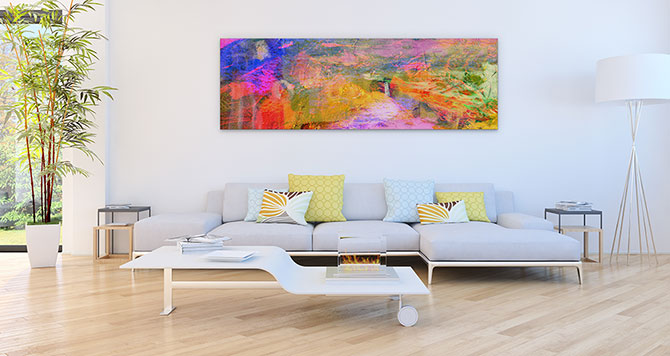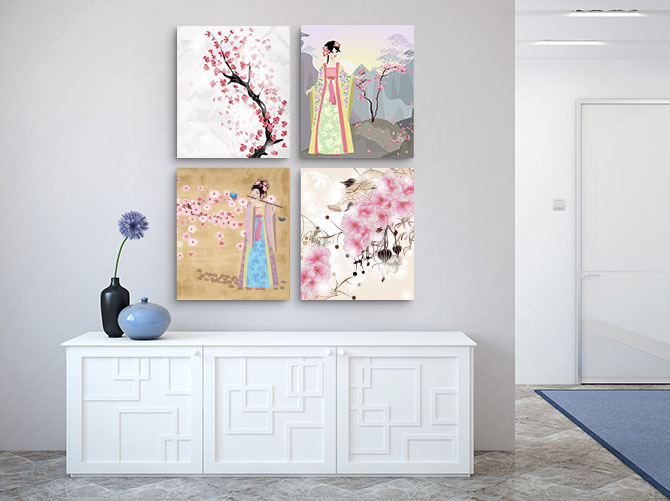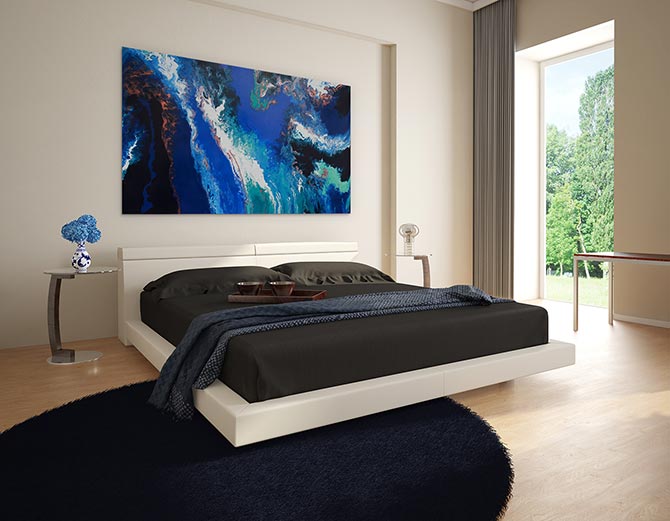
It’s not always straightforward planning a home interior, but our ideas for new homeowners are here to help. These best interior design tips will get you well on your way to putting together beautiful rooms.
Think carefully about paint
Top of the checklist of things to do before moving into a new home is to contemplate paint. Among other things, this means deciding whether you’re happy with the colour scheme of the rooms as is or if you’d prefer a total re-do, and thinking about whether you’d like to continue the same paint combo through the entire house or cater to the bedrooms and living space separately.
Don’t be too economical
For the aspects of the home that form the basis of your design aesthetic – architecture, designer furniture, beloved art pieces – it’s better not to skimp on money. These are parts of your house that you want to be there forever, so plan your foundation first, and switch out more trendy objects as and when fashions change.
Look outside for inspiration
If you want it to, setting can make a massive difference to your home interior design plans. We’re not just talking about wall paint; importing some flora from outside or reproducing images of local wildlife and nature scenes will firmly ground your home in its environment.
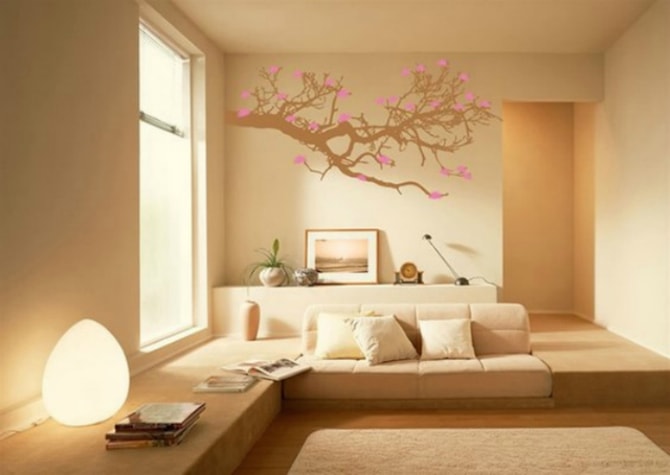
Design for comfort
It’s all well and good to idealise the sleek, hard-edged interiors that you see in glossy magazines, but you’ll quickly discover that in practice these designs can often make for uncomfortable living. This doesn’t mean that you can’t have beautiful interiors at all: it just means that you won’t be able to choose look over comfort where storage, surfaces, and furniture arrangement are concerned.
Don’t be overly cautious
Yes, there are some important things to consider when ticking off your checklist for moving into a new home, but it’s also possible to second-guess your ideas so much that you scare yourself away from anything that’s not beige. It’s invigorating being a home designer: take advantage!
Reign in the colour palette
We’re all acquainted with examples of interiors ruined simply because their designer got a little too enthusiastic about their preferred colour combo. Judiciously picking two or perhaps three colours will allow you to also furnish and decorate the room without things getting garish.
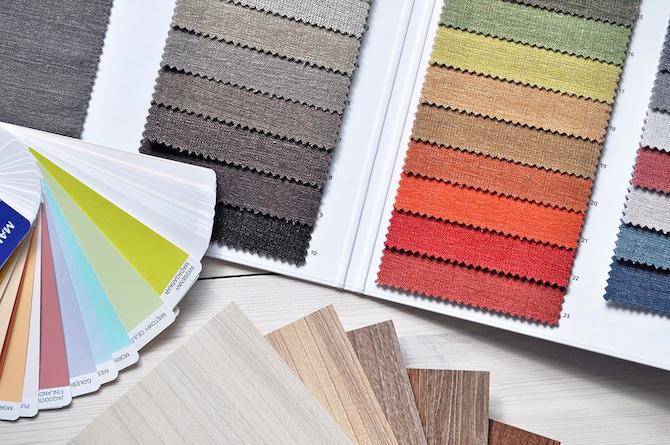
Plan around your space
It’s common to plan around objects, but to avoid over-cluttering it’s best to plot your interior home decoration around the space you have to work with. Understanding that you have a small amount of floor space, for example, will encourage you towards a light colour palette and reflective surfaces in a bid to open the room up.
Consider cultural pieces
A home interior is no place for impersonality; if you have strong cultural ties yourself or have come to covet a culture you’ve come into contact with abroad, then don’t hesitate to represent it in your home.
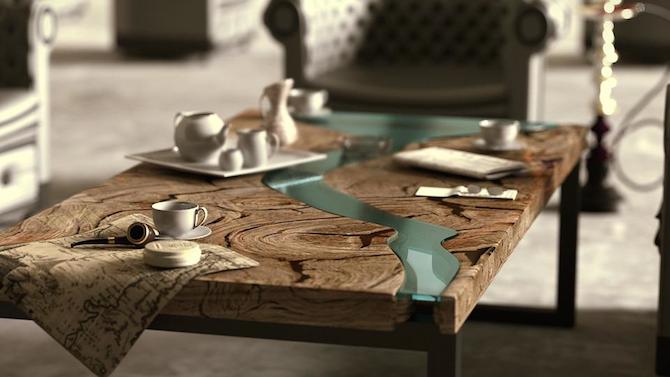
Never underestimate the power of DIY
Any old pieces of furniture, ceramics, or fabrics? Give them a spruce – repaint and varnish, reframe, or repurpose – and they’ll fit your theme perfectly. Interior designing is an expensive business, so if you can save a penny or two by making use of what you already own, then the advantage is all yours.
Lighting, lighting, lighting
It’s easy to overlook the humble old light when you’re planning more extravagant room features, but the truth is that lighting is the most integral facet of any room. Whether it’s an ornate chandelier or an industrial-style hanging light, this is the atmosphere-creating finishing touch that you won’t want to miss.
By Alex Cordier. Alex is based in Auckland, New Zealand and has worked in a variety of roles within the tourism, hospitality and business sectors. Writing and travelling are her passion, and these have led her to several parts across Asia and North America. She enjoys writing about anything under the sun and has been published in various websites on topics ranging from travel, home living, to health and lifestyle.

